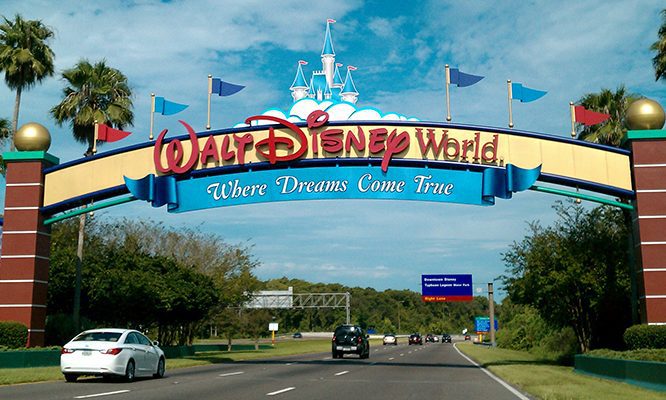In a crowded aging services marketplace, retirement communities are working around the clock to find ways to differentiate themselves from their competitors. These tactics often include new amenities, varied dining experiences, and ever more involved life enrichment programs. While these upgrades are nice, and may help sway some new residents to sign on the proverbial dotted line, they often aren’t the deciding factor in choosing a community. We all know that location and culture trump granite countertops, lobster dinners, and symphony tickets.
So, let’s be honest with ourselves for a second, shall we? Most retirement communities are the same.
This is a blasphemous statement, I know! But, in a world populated by tens of thousands of communities, they just aren’t all that different when you get right down to it. Nonprofit communities all have a mission that involves caring for and supporting their residents to enable them to live their best life. The words might vary, but the intention is often very similar. So, naturally, these communities try to differentiate themselves from their competitors through physical amenities, unique programs, and better marketing.
Yet, as we opened with, these items usually don’t completely explain why someone chooses one community over another; they are supplemental factors to location and culture. Of course, you can’t change your location, but you can change your culture in a way that will make your community truly unique and quickly make you stand out from your competitors, attracting better leads and more new residents in the process. Here are three ways that you can grow your community culture and attract new residents.
SAGE USA
SAGE is a non-profit organization dedicated to assisting an overlooked and growing portion of the senior market. They advocate and provide services to older people who are GLBT. People in this market have special needs and wants when it comes to senior living and they can easily feel out of place at even the most “welcoming” community. Through their sagecare program, SAGE offers education courses for senior living leaders, managers, and front line employees. This education culminates in a credential provided by the organization denoting the level of training received (bronze, silver, gold.) By training staff in working with the GLBT population and implementing a culture of inclusiveness, you can quickly differentiate yourself from surrounding communities and have an inside track with a market that your competitors are probably ignoring.
SeniorAdvisor.com
Thanks to their strong marketing campaigns, you’ve probably heard of SeniorAdvisor. As an independent senior living review site, SeniorAdvisor has shown strong growth in the past few years. Unlike some other Senior Living referral sites, SeniorAdvisor doesn’t cost your community a dime and it performs two very important functions. First, it offers a forum for individuals to rate and review your community, independent of your digital presence. Of course, this doesn’t preclude you from asking your residents to review you on the site and leave feedback. By doing so, you can create a pool of positive reviews that demonstrates the culture of your community and provides a resource for potential residents who would like to know more about your community. Plus, the listings on SeniorAdvisor can create excellent backlinks, boosting your SEO in the process.
Also, SeniorAdvisor.com awards an annual “Best of” recognition to those communities who have had a sufficient number of positive reviews in the previous twelve months. This is a great credential to earn and includes both digital badges for your website and physical awards for your sales office. You should never underestimate the power of an independent review and recognition from an outside organization!
Find your niche.
This one is a little bit harder to articulate, as it’s not a certification or award, but rather a holistic piece of your culture that you must decide on. At one time, nearly every non-profit retirement was designed to service a niche in the local community. This is why we have organizations affiliated with various religious denominations, community organizations, and fraternal groups. They cater to these once large populations with a culture that was directly influenced by the common bond of membership. However, as membership in these groups has dwindled, so has interest in their retirement communities, forcing these nonprofits to go looking elsewhere for residents. Yet, the idea of a niche is still important; you just have to think about it in a different way.
Do you have a strong resident club that plays to a certain interest – perhaps the environment, organic gardening, or philanthropy? Find those niches and embrace them. While you probably can’t focus your entire community on a single niche (although some new communities are doing just that), you can use the interests of your current residents to connect with potential residents and help them see that the culture of your community lines up well with what they are looking for.
Knowing the culture of your community, and who that culture appeals to, can help you better market to future residents that are more likely to move in. While physical amenities can help sway a decision, a strong culture that attracts a broad range of residents can have a greater impact on your occupancy rates than any new restaurant or upgraded kitchen!



